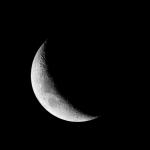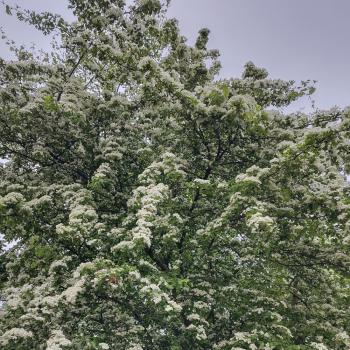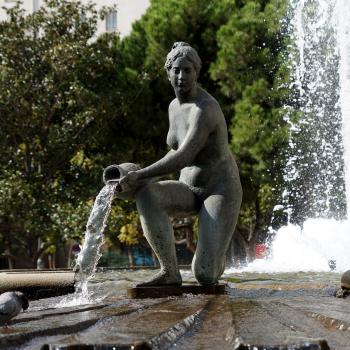Solstice is almost upon us, with the Sun moving into Cancer at 14:57 UT on June 21st. Here in the northern hemisphere, it’s Summer Solstice, the peak of the light and the longest day. Whichever hemisphere we are in, we are halfway through the solar cycle. In the southern hemisphere, the longest night marks the darkest point of the year and now the days will begin to lengthen. And here in the north, even as we celebrate the peak of the light, the days will begin to shorten. It can be a bittersweet time as we acknowledge that the season of growth is coming to an end and the time of harvest and release is approaching.
Astrologically, the Solstice happens when the sun moves into the zodiac sign of Cancer, the sign of cardinal water. It’s time to turn inwards, to begin a process of reflection, inner work, and honoring our emotional selves. Under the sign of Cancer, we tune into our instinctive knowledge and our deep patterns of response and feeling. Ruled by the Moon, Cancerian energy ebbs and flows, carrying us along on the tides and the currents. The busy growing energy of spring is past and nature relaxes into a phase of ripening and gentle growth.

Fire and water
In some ways, the symbolism may seem at odds here. As the Sun reaches the peak of its energy, we move into a sign ruled by the watery Moon. In modern paganism, we often see the Moon as feminine whilst the Sun is masculine. But this distinction is not as clear or “obvious” as it may seem, as I go on about rather a lot. All around the world, there are many goddesses of the sun and gods of the moon. In Celtic (Greine), Norse (Sunna), Baltic (Saule), and Slavic (Solnitse) mythology, the sun is female. For those in northern lands, she is the Mother goddess who warms the land and allows the crops to grow.
A little further south in Brittany and Gaul, a number of goddess figurines have been found which have sun wheels carved on their breasts, belly, and thighs as if to emphasize the link between fertility and the sun. The goddess Sulis, associated with the hot springs at Bath, is a goddess of healing, whose name has its roots in the Celtic word for Sun. The warm waters of the springs were used for healing from very early times, bringing together water and solar imagery. In many mythologies, the Sun Goddess descends into the waters of the sea at sunset. The warm Solstice sun rests in the waters of Cancer. Folk traditions of bathing in the early morning dew also bring together the fire energy of the sunrise and the water energy of the nighttime dew.
We can bring these energies together in our practices and rituals too. Meditating on the tides of the sea and ritual bathing are two of my favorites. Making sun water and creating flower essences are also lovely ways to honor the season.













